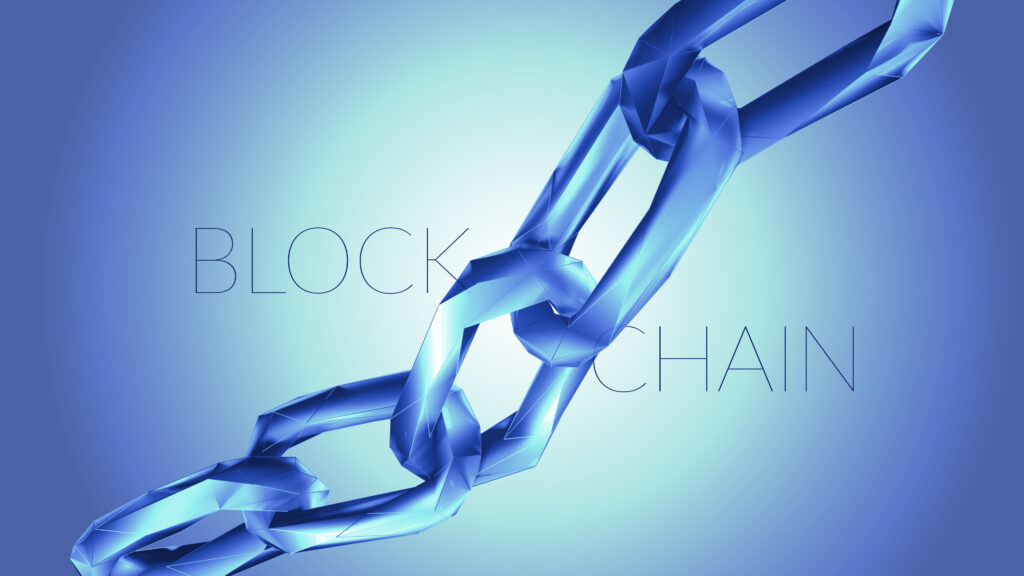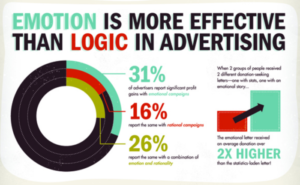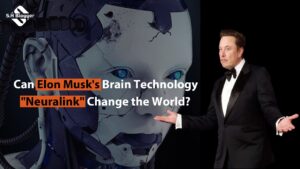It is worth stating that, in recent years, blockchain is a term that has captivated numerous industries by its promise to change the way the financial transactions and data storage are accomplished. Essentially, a blockchain is the distributed digital database that maintains a continuously growing list of records called blocks. Through this technology, the transactions are transparent, secure, and cannot be altered, thus it is suitable for several uses.
By tradition, assets’ ownership is always accompanied by a stack of documents, multiple agents, as well as time and money expenses. No matter one is purchasing a house, switching jobs, or dealing with stocks or ideas, today’s structures are riddled with inefficiencies and risks.
Enter blockchain. Assets are no longer owned but are being redefined through this ground breaking techonology through processes that are made easier with better securities and reduced costs. Blockchain technology is already impacting various industries starting from real estate to artwork.
Traditional Asset Ownership
Sole ownership takes many forms as it is the conventional ownership of assets which includes many procedures and many people to ensure that ownership is transferred. For instance, to purchase a house, one has to deal with real estate sellers, lawyers, and banks where the processes entail signing and completing of various contracts, title deeds, and registration forms. Like it has been observed with e-MDs, transferring stocks also involves brokers, clearing houses and custodians and this adds an extra layer of costs.
Unfortunately, such processes are time-consuming, which exposes them to errors and cases of fraud. Ignorance to organization and easy duplication of the physical documents and centralized databases prove time and again to be a way forward for forgery and tampering of original documents. Furthermore, several intermediaries’ participation also results in increased costs in asset trading, which are relatively costly and sometimes unavailable to many.
Blockchain and Asset Ownership
These problems are solved by blockchain technology through offering a different approach to the ownership of the assets. Among the most important innovations there is the tokenization of the assets. This process is the act of laying a particular physical or digital asset on a blockchain and creating tokens that can be bought, sold and traded. For instance, a plot of real estate is tokenized such that many investors can invest in pieces of that real estate without having to go through the typical processes.
The other revolutionary aspect of the technology is incorporation of smart contract. These are smart contracts in which the terms of the contract are hard coded into the system. Smart contracts trigger the execution of contractual terms as soon as specific conditions are given; thus, reducing the probability of disagreement. For example in real estate, sellers pay amount to the system and the ownership of the property changes to the buyer’s name immediately.
Benefits of Blockchain in Asset Ownership
The integration of blockchain technology in asset ownership offers several significant benefits:The integration of blockchain technology in asset ownership offers several significant benefits:
1. Enhanced Security: Thus, by being a decentralized structure and using cryptographic methods in its work, blockchain is rather safe. Every transaction is entered on a ledger that cannot be altered without it being detected and this minimizes cases of fraud.
2. Increased Transparency: Blockchain records all transactions and the details are available to everybody, making the details of the ownership of assets clear to all users. Thus, transparency assists parties to have confidence and guarantee accountability.
3. Reduced Costs and Intermediaries: Since blockchain avoids the requirement of intermediaries like brokers, lawyers, and clearinghouses, the cost of executing transactions is brought down drastically. This makes ownership of the assets to be easily accessed by a larger number of people since it becomes cheaper to own assets.
4. Faster Transactions: Blockchain helps to facilitate almost real-time transactions while normal methods take days and sometimes even weeks. It is especially helpful in the markets where urgent and efficient change of ownership is desired and possible.
Applications
Lets explore different applications of blockchain:
Real Estate:
Currently, in the real estate market, the use of blockchain has been proved to easing property transfer. More often than not, the process entails the use of title searches, escrow services, among others, which can take weeks or even months. This way, with the use of the blockchain, properties can be easily tokenized and transactions are much faster and safer. For example, a property could be broken down into digital shares; thus, ownership may be fractional. This not only extends the reach of investing in the real estate companies but also shortens the time drastically. Examples are Propy and RealT that use the blockchain solution to sell and rent properties.
Art and Collectables:
The art business has also moved into the blockchain lead, specifically with regard to the up and coming NFTs (Non-Fungible Tokens). Using NFTs, anti-counterfeiting capabilities are given to art pieces, collectibles, and other similar products’ ownership evidence. This is a major benefit for artists and collectors as it cuts out the risk of forgery and enables easy trading of digital art; the big auction houses such as Christie’s have already held NFT auctions proving the significance of blockchain in this regard.
Financial Assets:
Cryptocurrencies and distributed ledger have changed the face of the financial markets allowing the creation of and trading in digital assets. Equities, fixed income and even other securities that are traded out in the market may be digitized hence making the transaction faster and more secure. Such platforms as TZERO and Securitize are leading this by providing services that facilitate the trading of security tokens. It also increases the speed of conversion of assets and liabilities, and at the same time makes it easy for the smaller investors to get involved in the markets.
Intellectual Property:
Depending on the type of IP right, the protection has always been a sensitive issue that now has a great solution in blockchain. IP rights can be subjugated to Blockchain technology whereby ownership of the produced item can be demonstrated as well as how the item is used, be it a music track or patent, trademark, etc. This is especially useful in sectors which have been badly affected by piracy and unlawful usage. For instance, IPWE and Verisart are some of the start-ups that are now applying blockchain to protect patents and artwork respectively in order to guarantee innovative and talented personalities their rightful royalties.
Challenges and Considerations
Despite these benefits, there are some challenges that exist in applying blockchain As mentioned above, below are the few challenges that needs to be considered while implementing blockchain:
Regulatory and Legal Issues
Currently, regulation is a key problem that slows down the development of blockchain technology. However, there is no clear and solid legal definition of the digital assets, and their acceptance and regulation vary across the regions. This can lead to definite legal issues for firms and investors involved in the projects. The regulators have an important role of providing guidelines for the implementation of pro-consumer technological innovation.
Technology Adoption and Integration
It must be remembered that implementing blockchain is a strategic and organizational change that implies major readjustments to current infrastructures. It is important to note that blockchain’s implementation in many existing organizations presents some problems of connectivity with the organizations’ information technology landscape. Also, there is cost related to training and educating the client and other stakeholders regarding the blockchain solutions. Business entities have to spend money on education and trainings in order to adapt smoothly.
Security Concerns and Potential Risks
In any case, although blockchain is inherently safe, it is not risk-free. That is why hacking, fraud or defects in smart contracts’ code can still be present. As the nature of blockchain applications is evitable, so is the security of it, which has to be worked on constantly. Again, as the technology progresses, other types of risk may manifest adding to the possibility that the problem may require regular research and development.
Conclusion
The use of blockchain technology in the ownership of assets in different industries is evolving very fast. Blockchain is fixing the flaws of the traditional asset ownership processes by offering better security, more transparency, and lowered costs and speedy transactions. Blockchain disintermediation’s impacts can be seen in virtually every asset class, including real estate and art, financial instruments and royalties, and IT assets, among others.
Nevertheless the process of transformation is not without hurdles. One of the reasons is the possible regulatory uncertainties which have an impact on the integration process and security issues which are crucial in the process. It can also be assumed that these challenges will gradually decrease as the legal regulation develops and IT implementation deepens, thus expanding the acceptance and development of innovation.
Thus, the perspectives of the asset ownership with the help of blockchain in the future look quite rosy. With more industries applying this revolutionary change, we are likely to see more developments that will make this technique widespread and accessible to the many. Blockchain has synergies with the other progressing emerging technologies such as the AI and the IoT and even further advancement can be expected when they are combined.
In conclusion, one can state that the discussed emerging technology has the potential to change the current paradigms of managing assets. Thus, by adopting this technology, we can expect higher security, transparency, and efficiency in the sphere of asset transfers, for people and companies’ benefit in the future.



